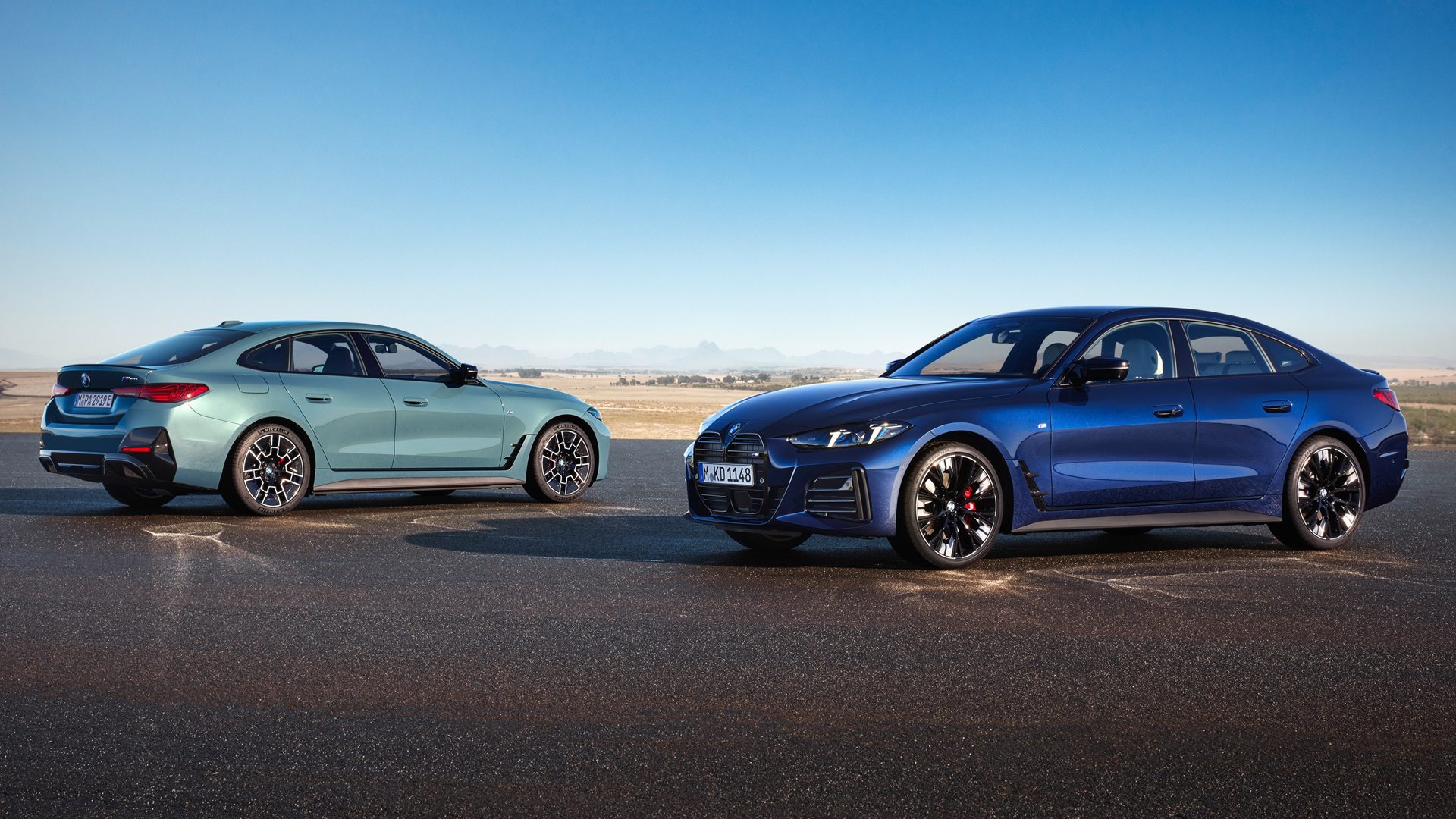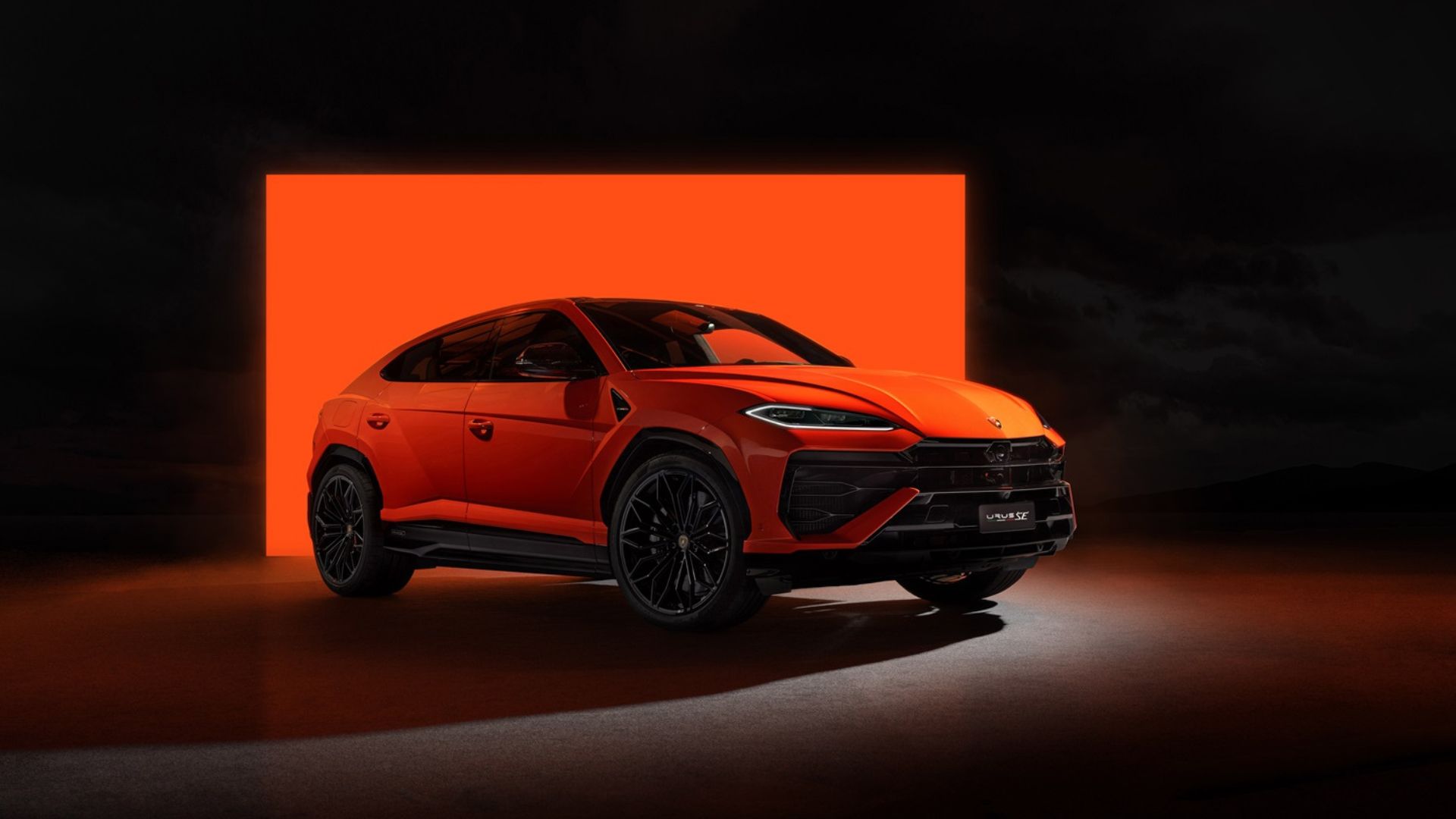Volvo’s upcoming EX90 to have the highest safety features as standard
It will feature a unique set of more than a dozen sensors and eight cameras
When a layperson thinks of Volvo, they always think of safety. It’s become one of the central pillars on which the brand has built itself. With the upcoming launch of the EX90, the all-electric and spiritual successor to the XC90 flagship SUV, the Swedish carmaker aims to take that perception much further than ever before.
The forthcoming Volvo EX90 all-electric flagship SUV, to get revealed on November 9, is said to be equipped with more standard safety features than any other Volvo before. Adding to that, the carmaker will also be equipping its electric SUV with a Volvo-unique set of eight cameras, five radars, 16 ultrasonic sensors, and a cutting-edge LiDAR sensor.
LiDAR, which stands for Light Detection and Ranging, uses light in the form of a pulsed laser to measure ranges with high precision. And Volvo will be installing it on the EX90’s roofline to aid in the detection of ‘pedestrians at up to 250-metre distances and something as small and dark as a tire on a black road 120 metres ahead.’ Cameras need light to function accurately, whereas LiDAR can do that in both daylight and at night.
Research conducted by Volvo indicates that adding LiDAR to an already safe car can reduce accidents with severe outcomes by up to 20 per cent, and overall crash avoidance can be improved by up to 9 per cent.
While these comprise the external sensor set, Volvo embeds a host of sensors inside the cabin as well, predominantly to monitor the driver. “Our research shows that by simply observing where the driver is looking and how often and for how long their eyes are closed, we can tell a lot about the state of the driver,” said Emma Tivesten, Senior Technical Expert, Volvo Cars Safety Center.
A pair of two cameras will be utilised to scan the driver’s eye gaze and pick up early signals of their inattentiveness. A measurement system of tracking the time the driver looks at the road ahead, with natural variations, will be used to understand the focus of the driver’s eyes on the road or elsewhere.
Even the car’s steering wheel gets capacitive functions. It means the steering can sense the driver’s hands on the wheel and monitor the stability of their steering input in case they let go. “Interior sensing is one of the next safety frontiers for us. We will continue to learn, develop and deploy new features step by step to help improve safety as our knowledge increases and matures,” said Thomas Broberg, Acting Head of Volvo Cars Safety Centre.
Recommend0 recommendationsPublished in Cars, News




